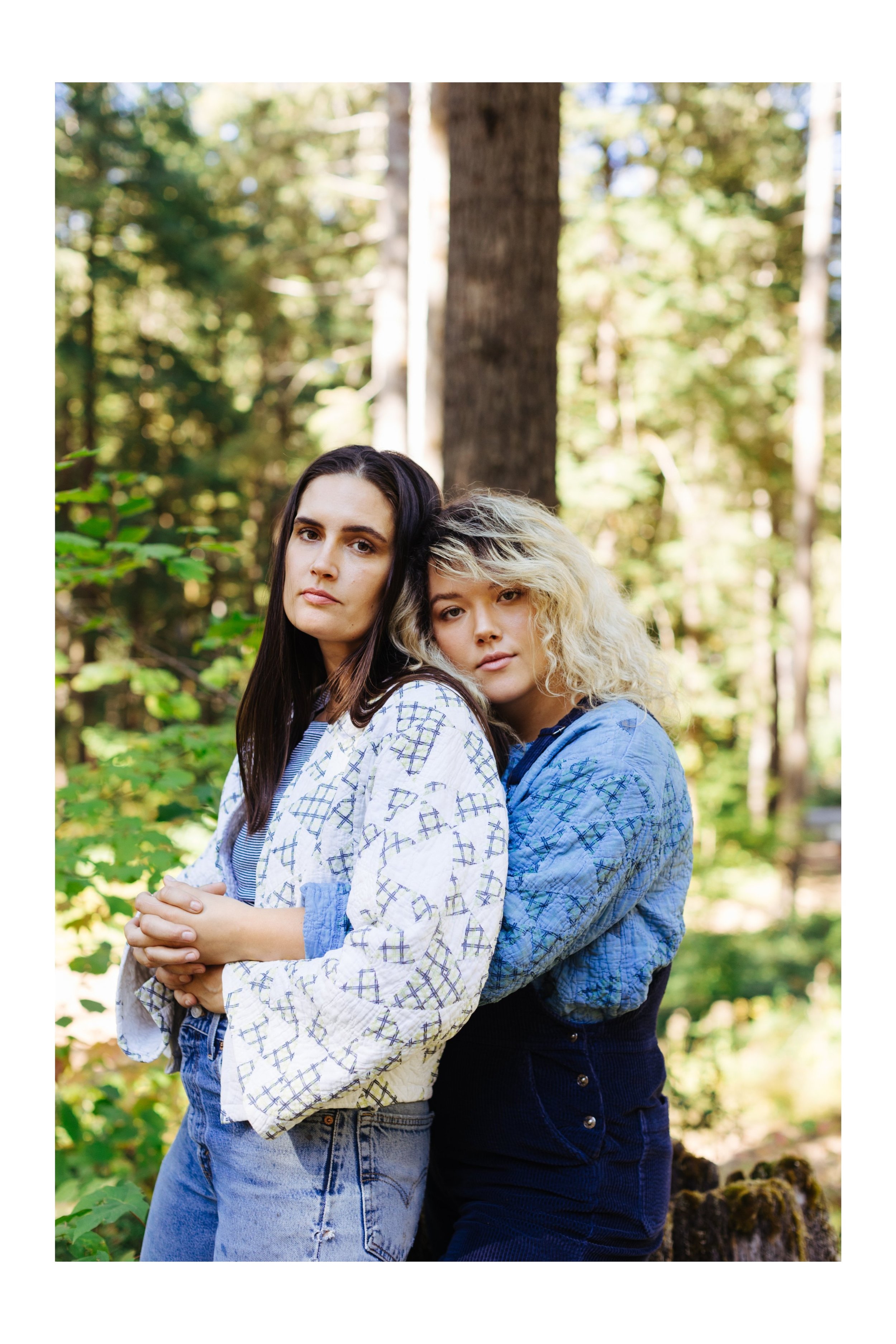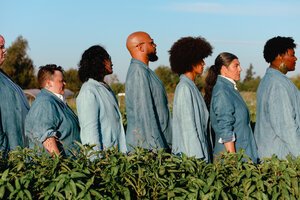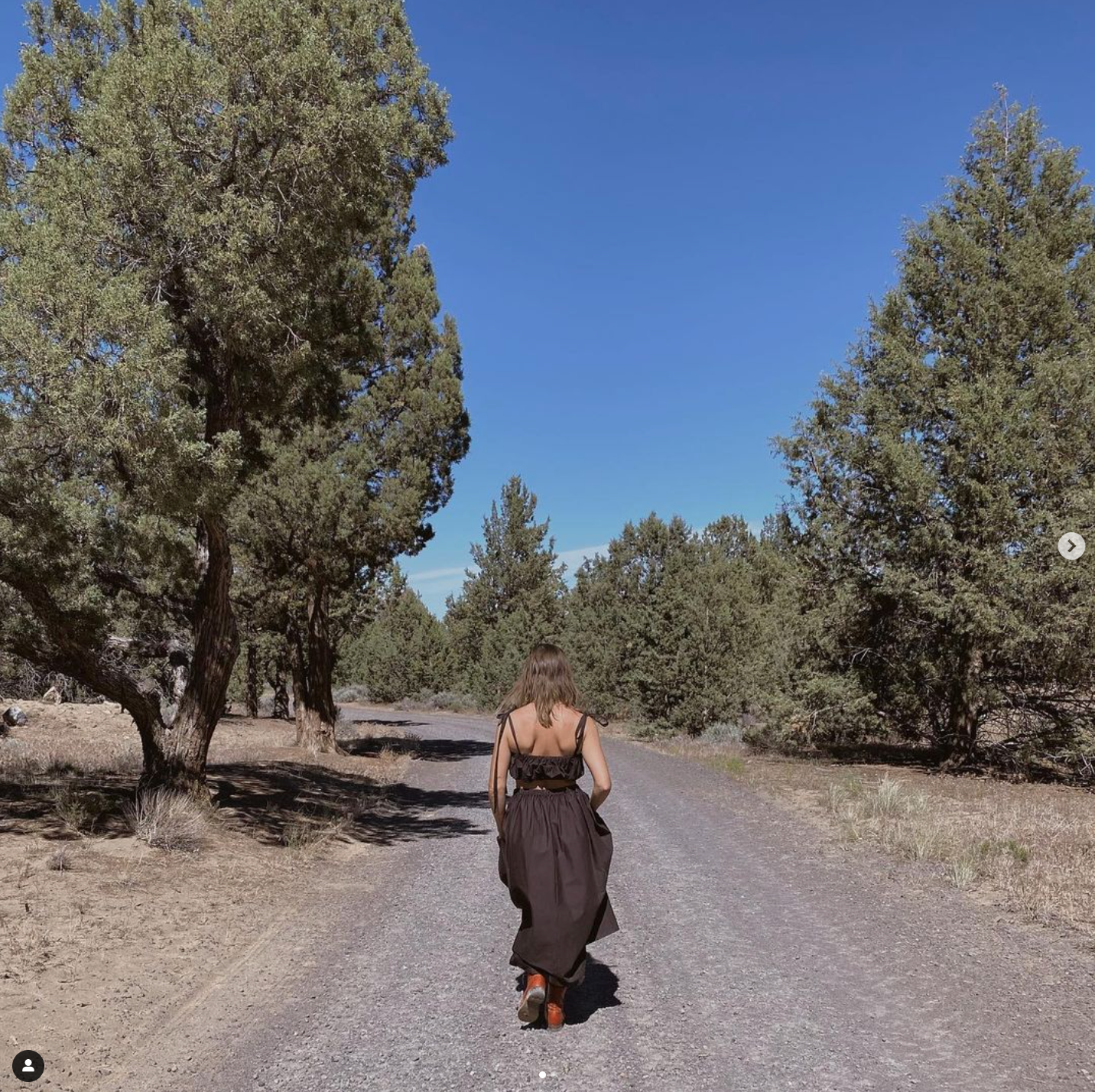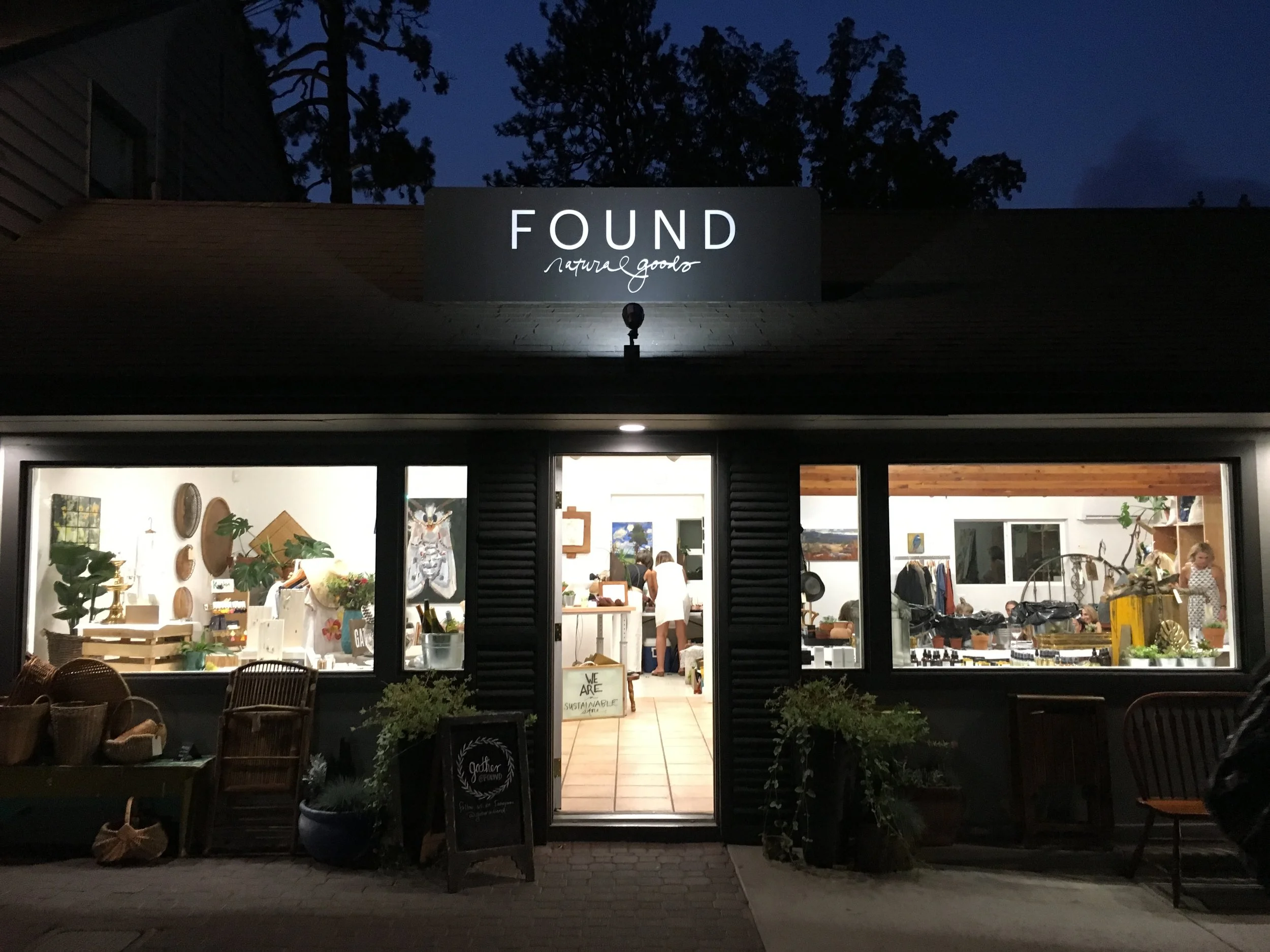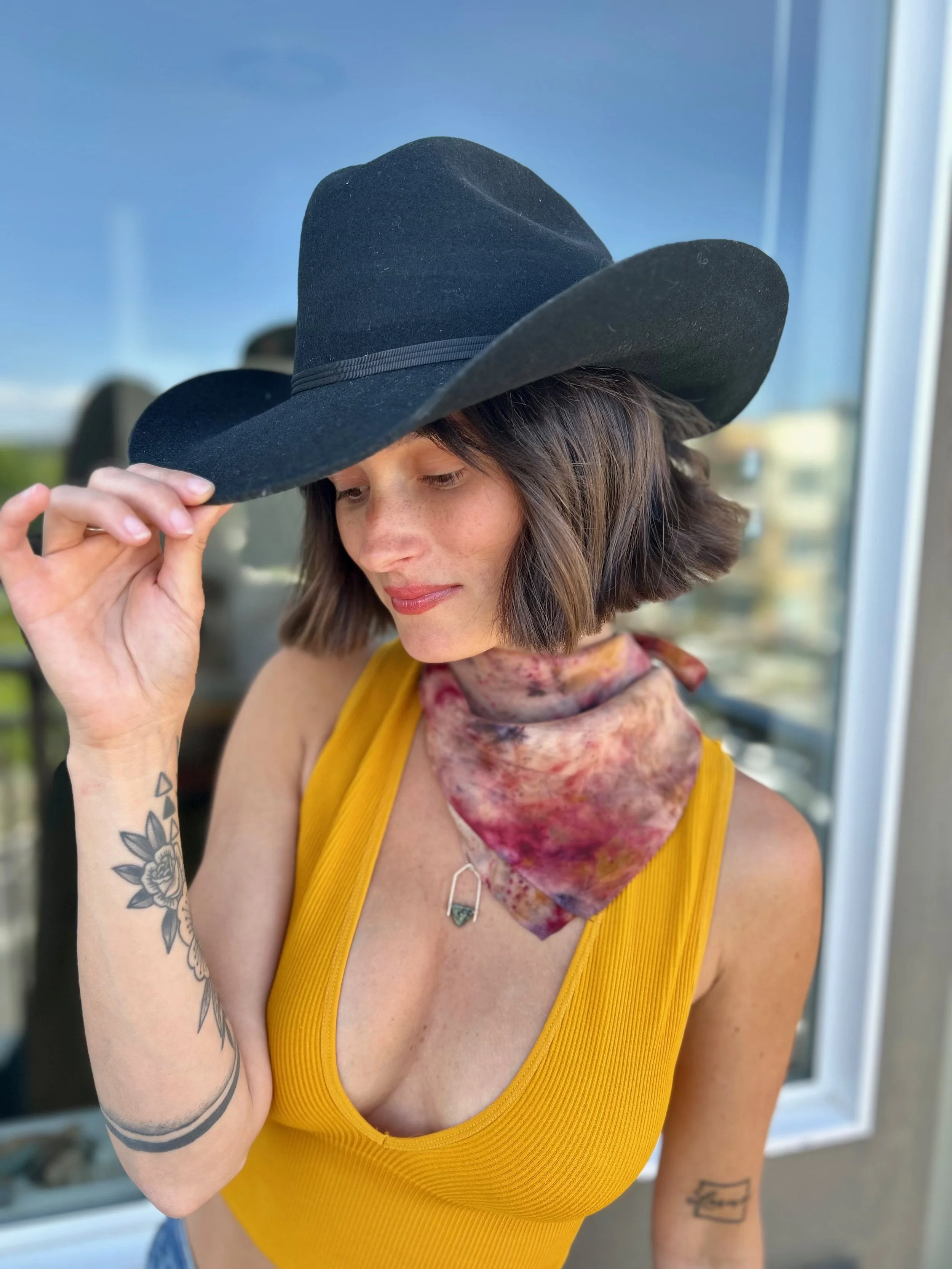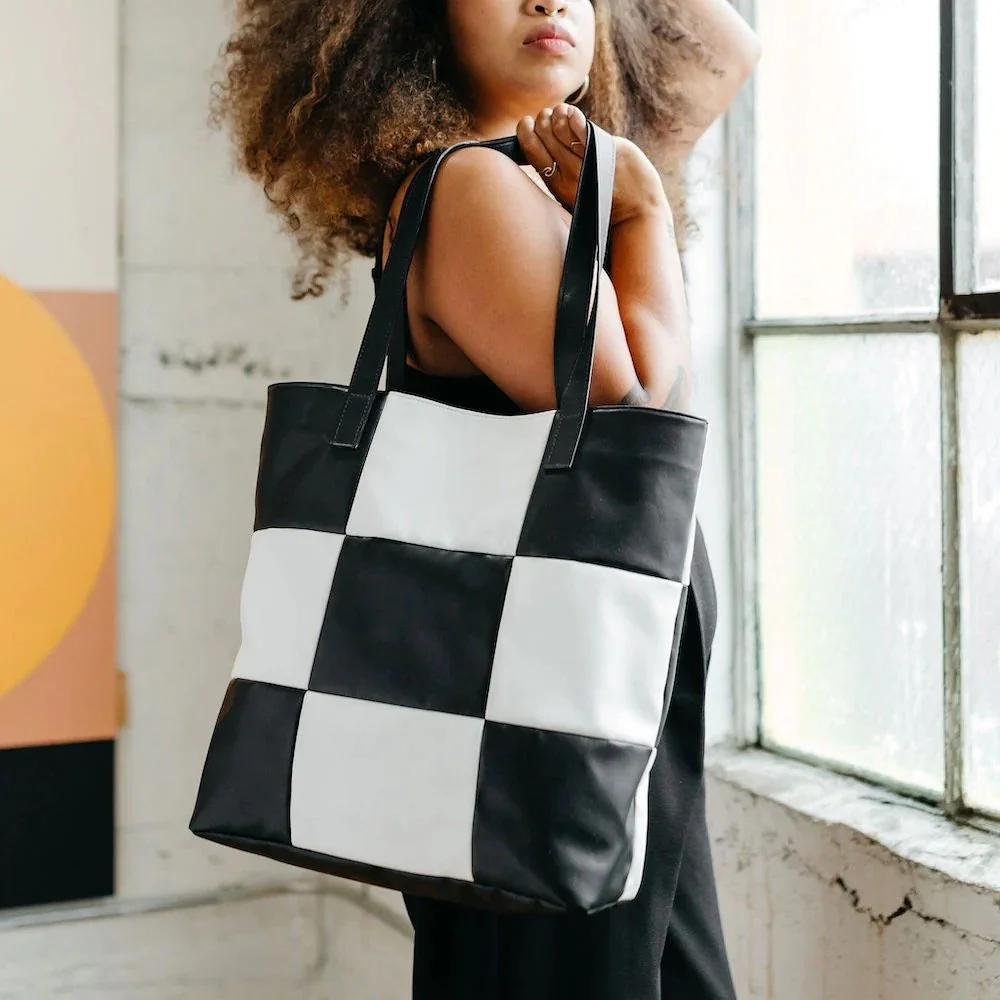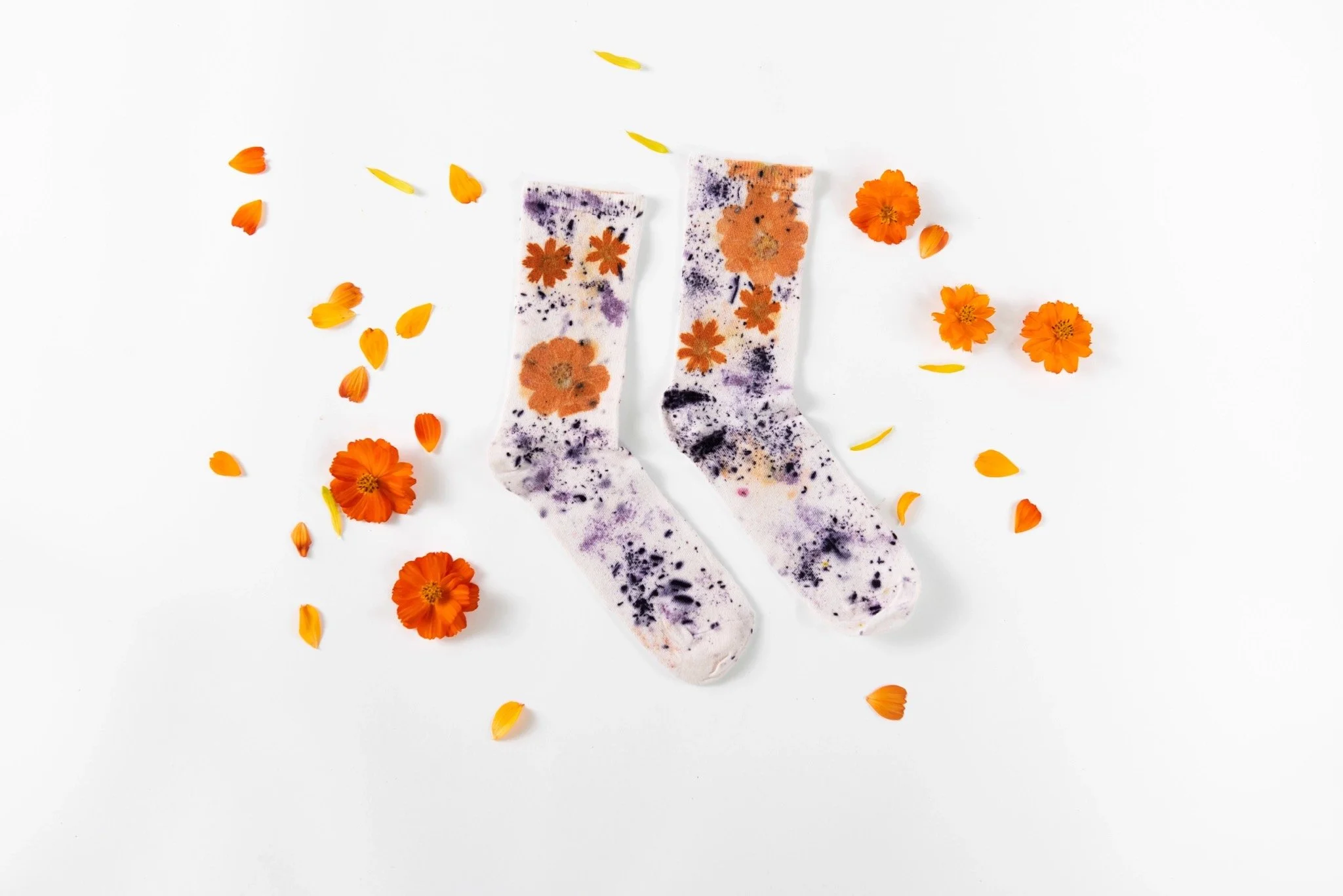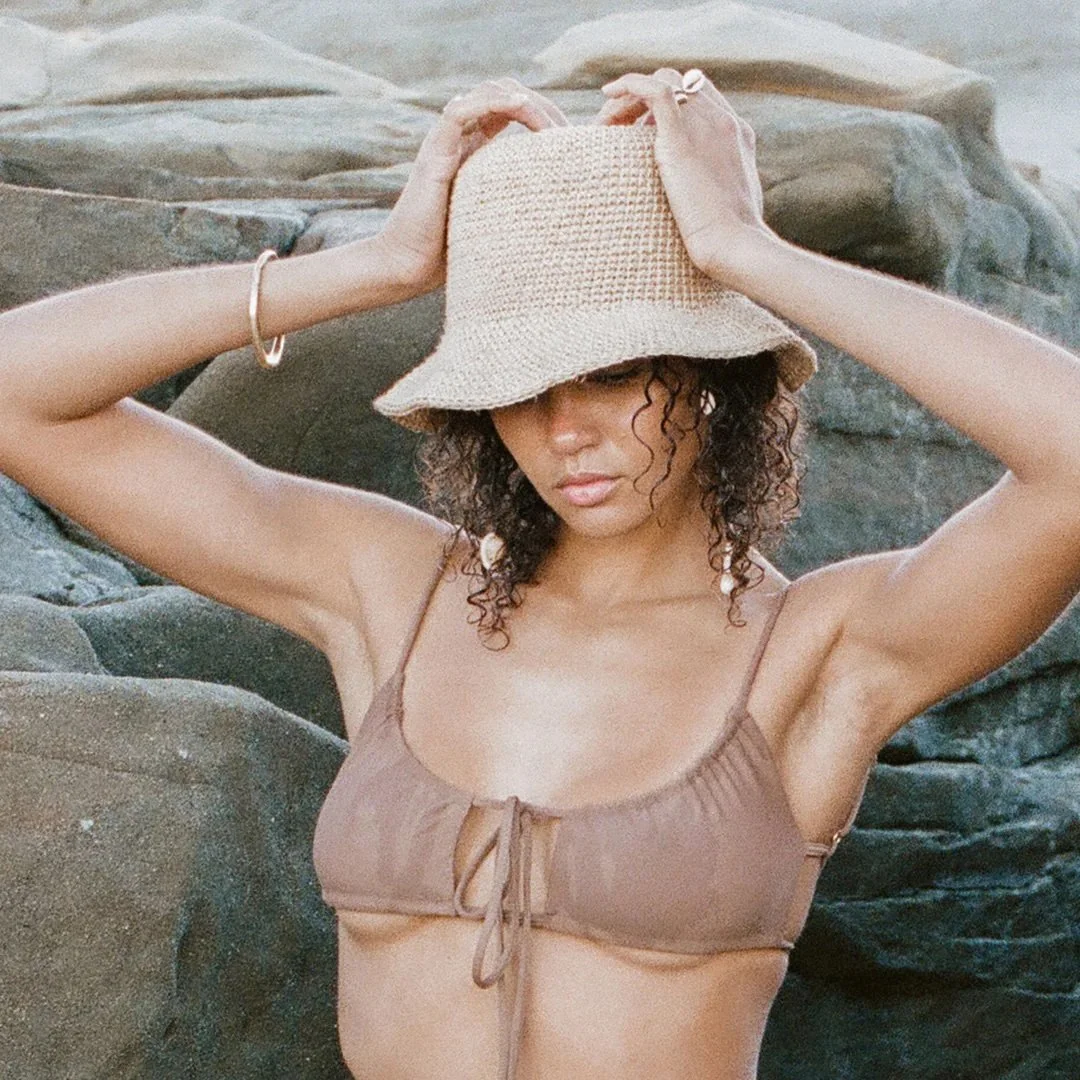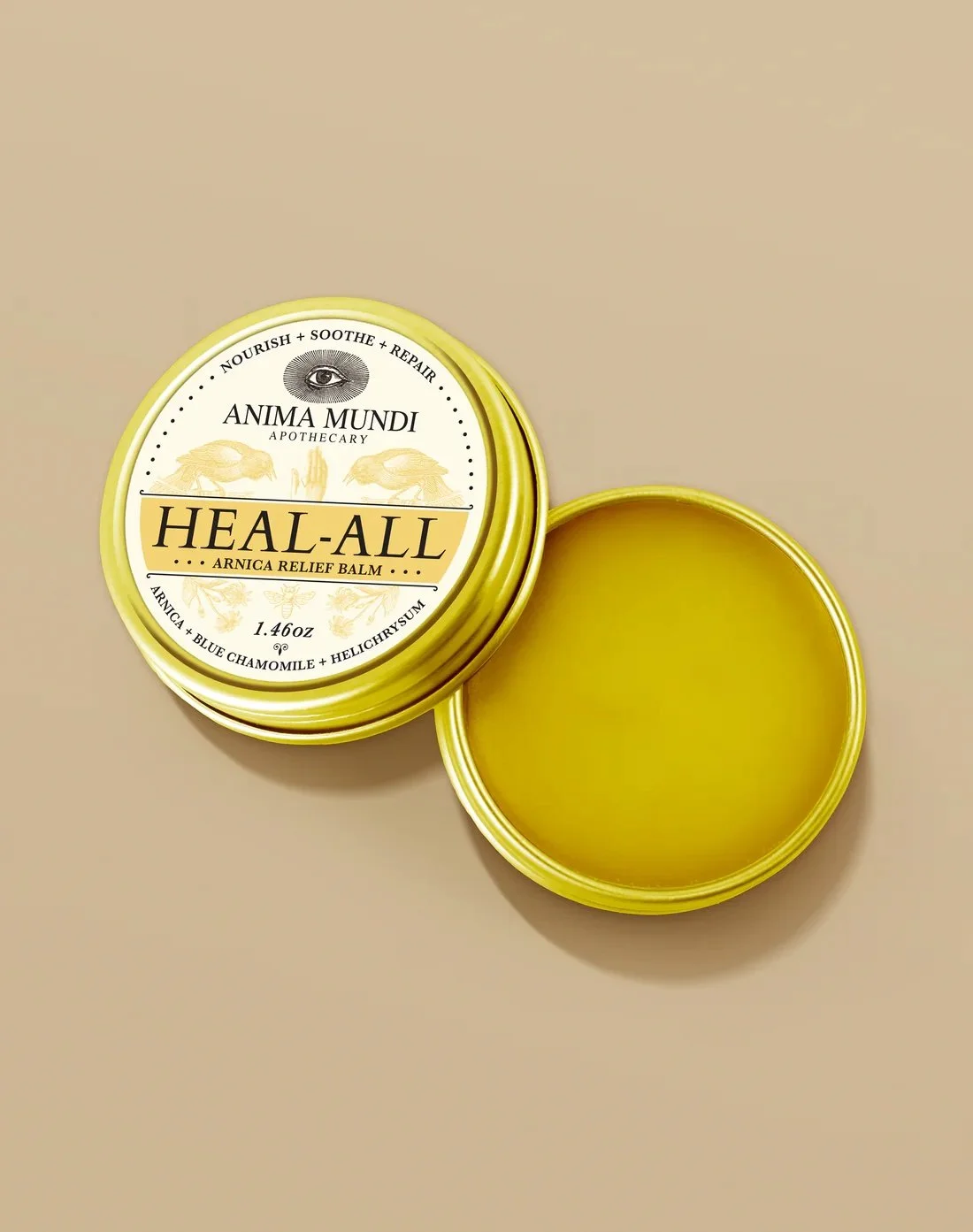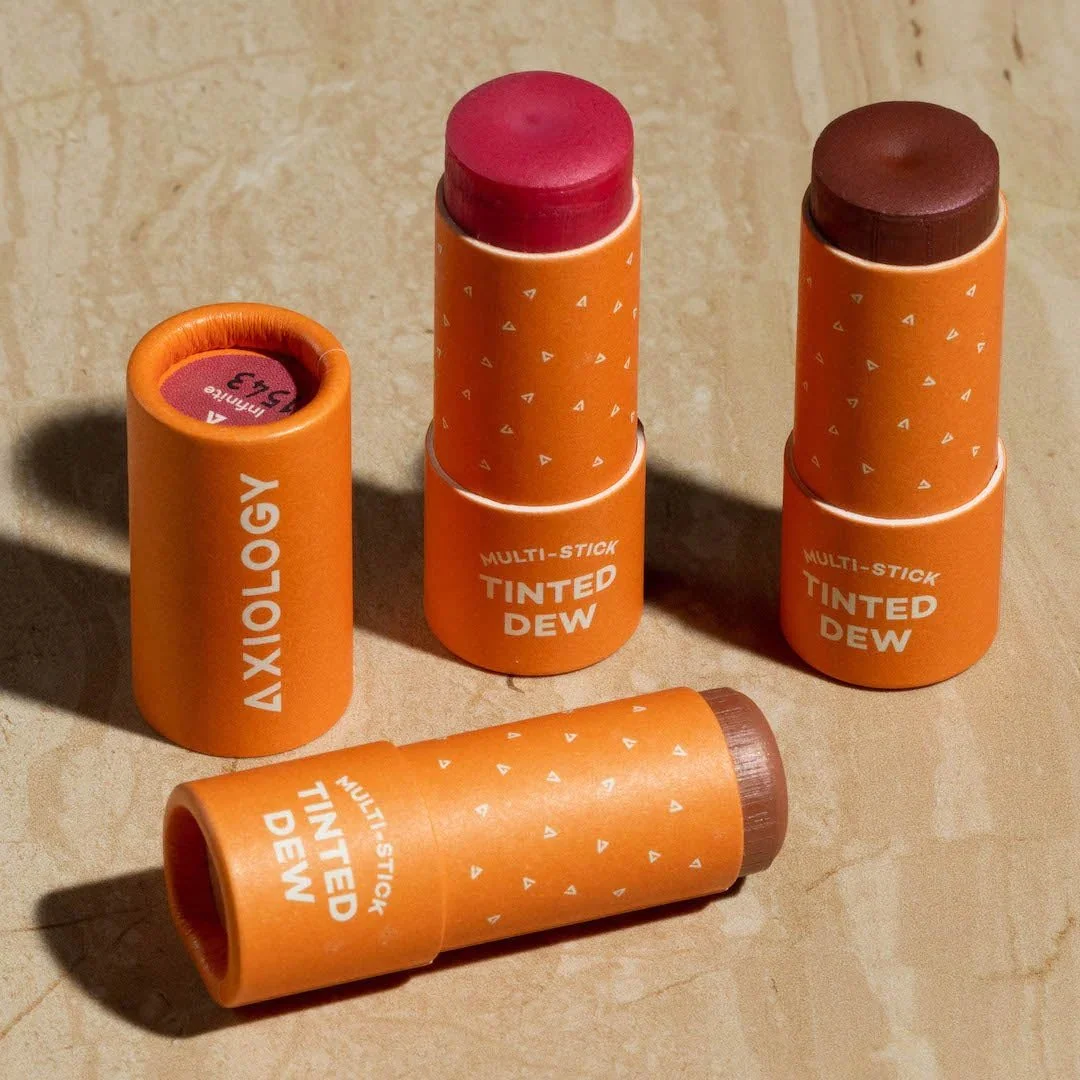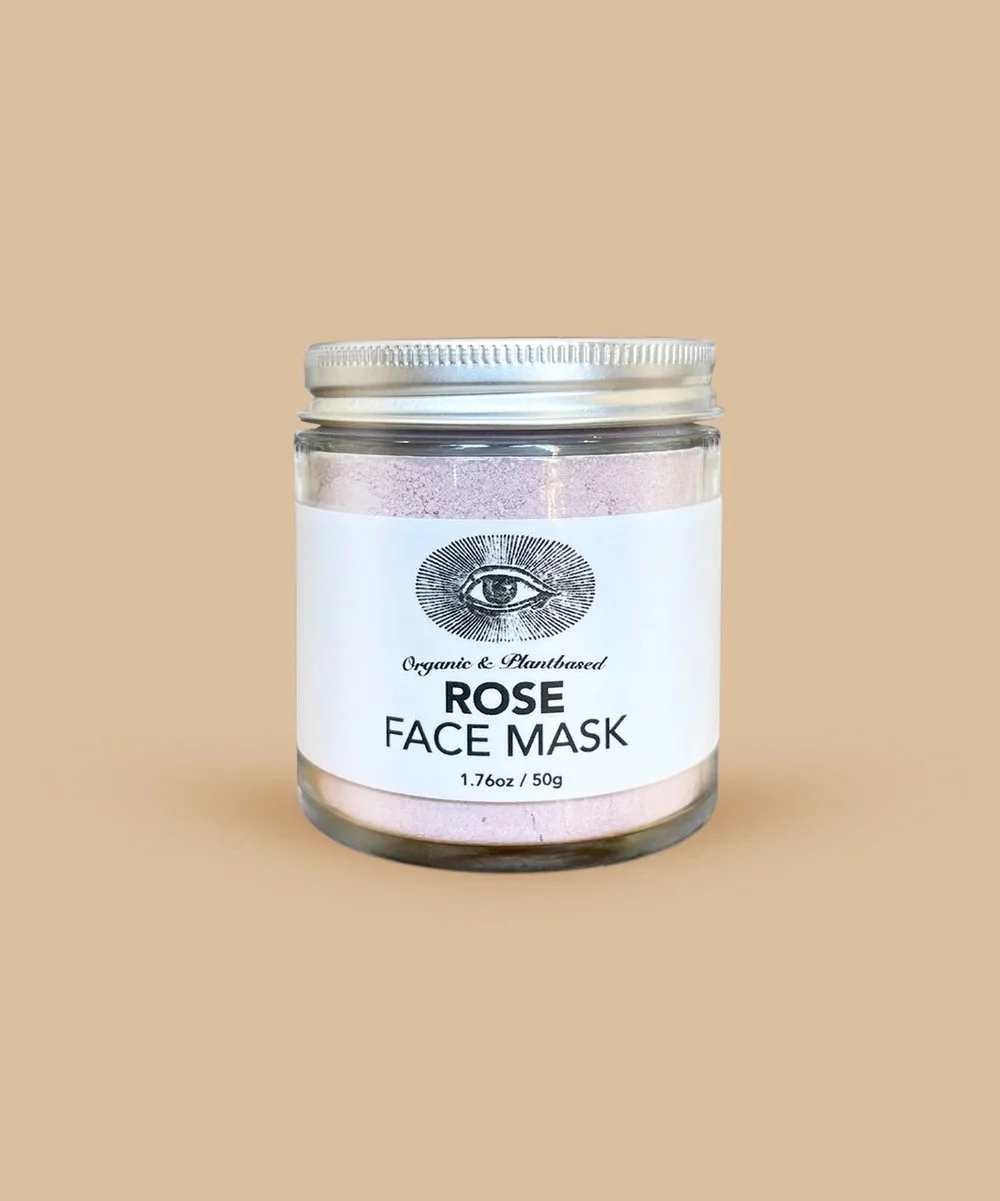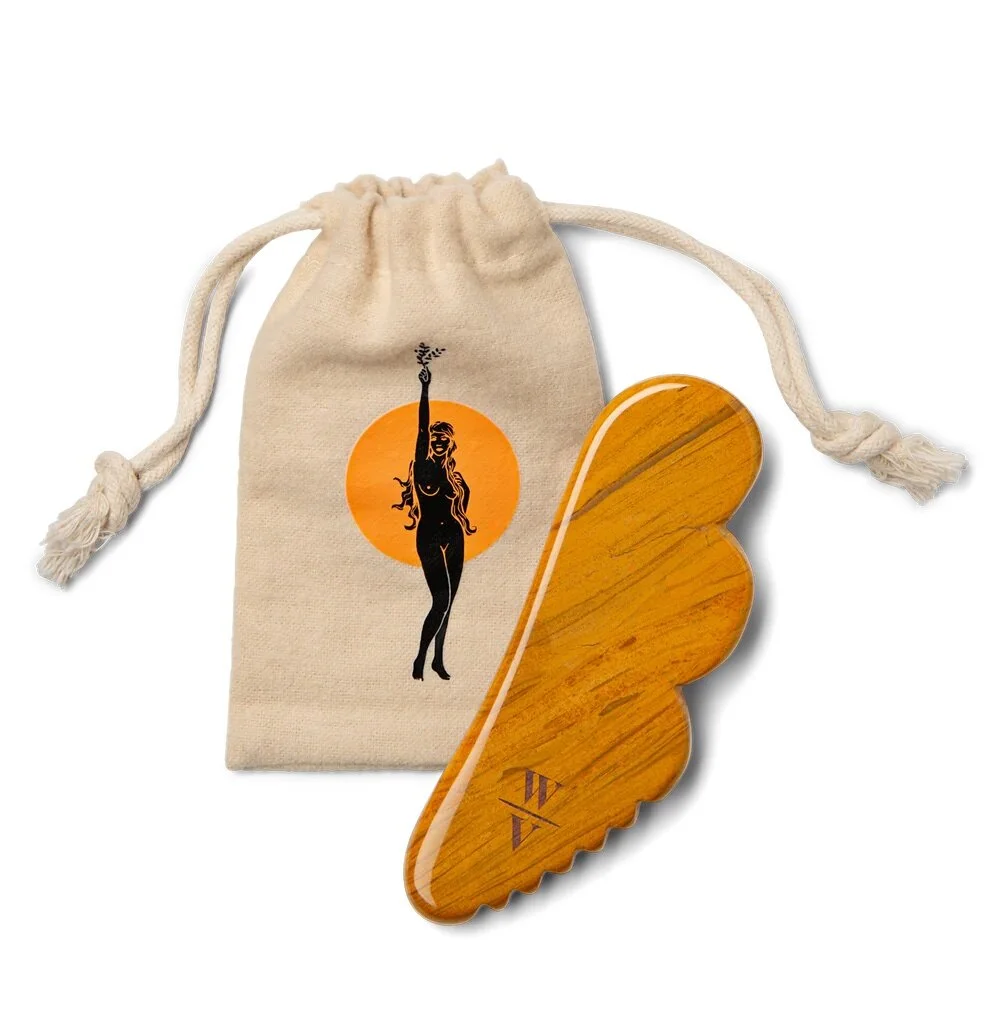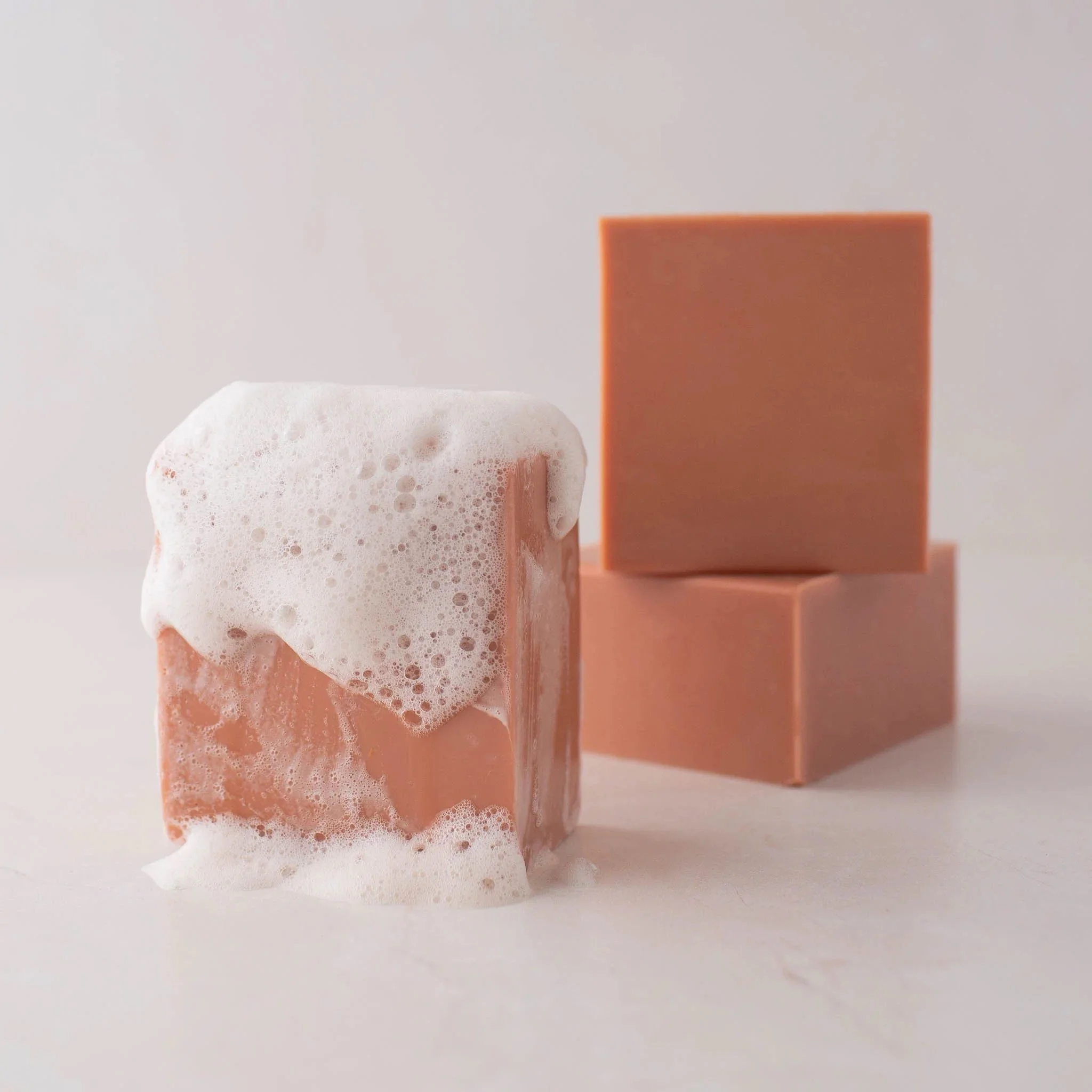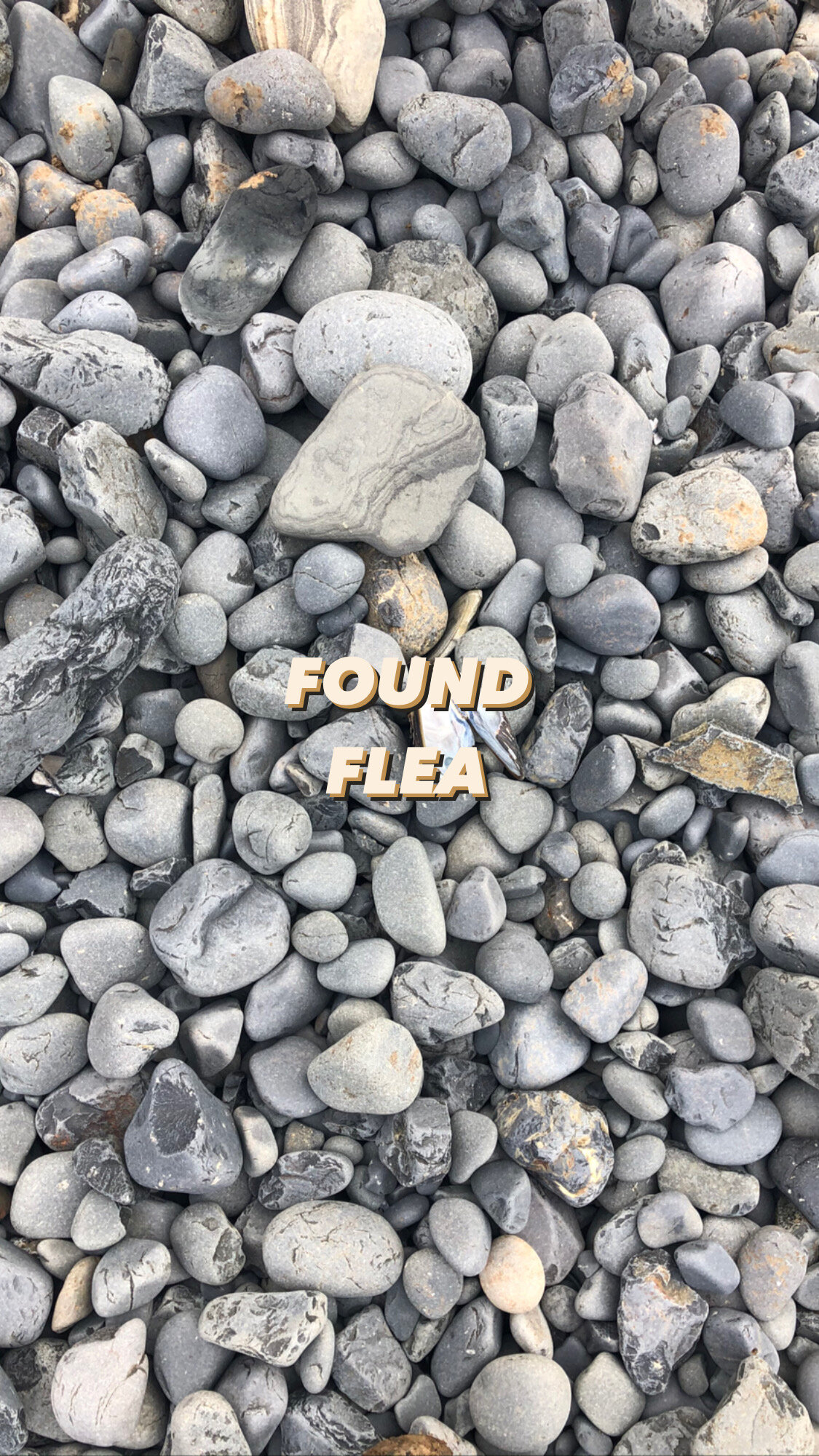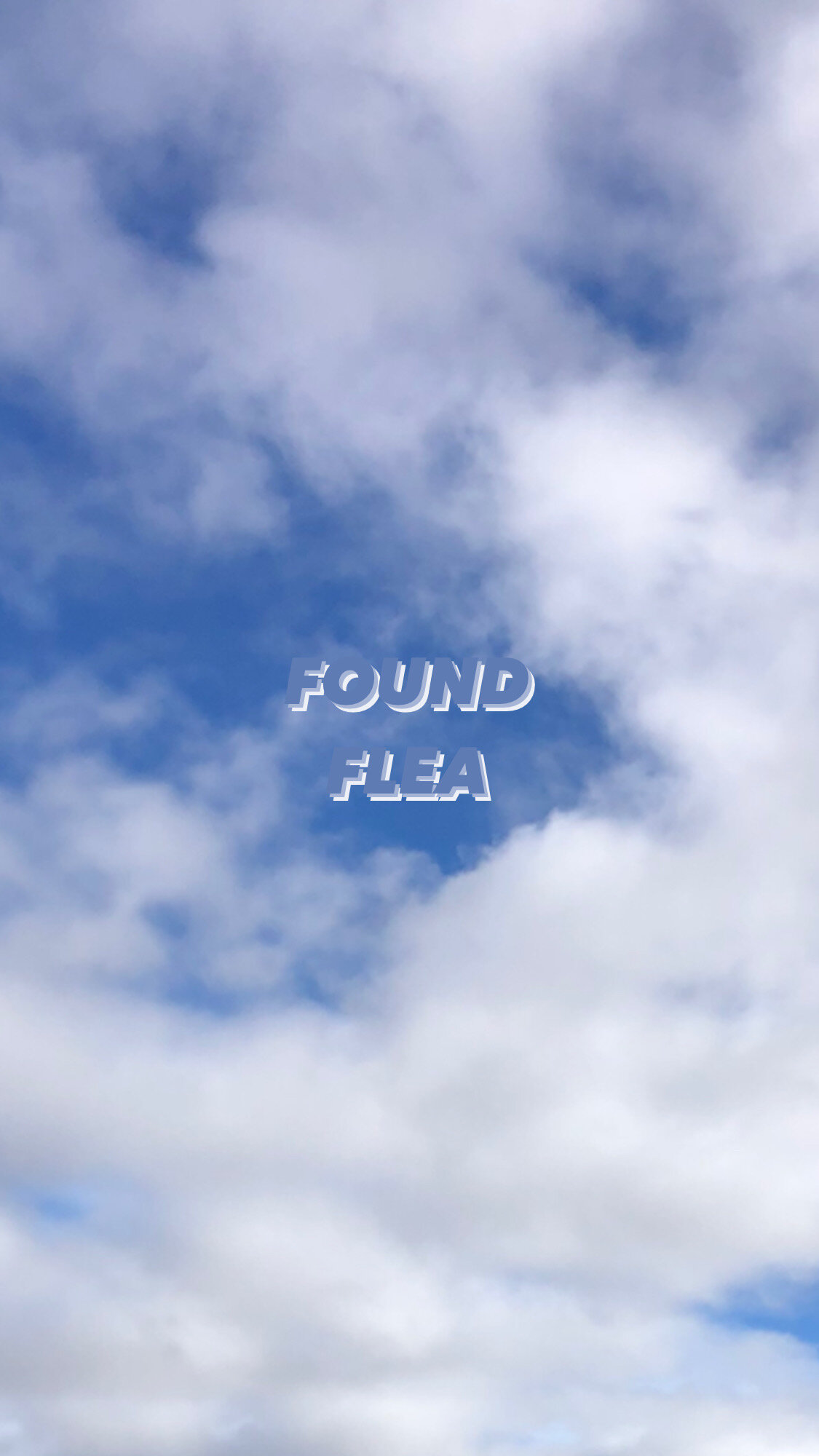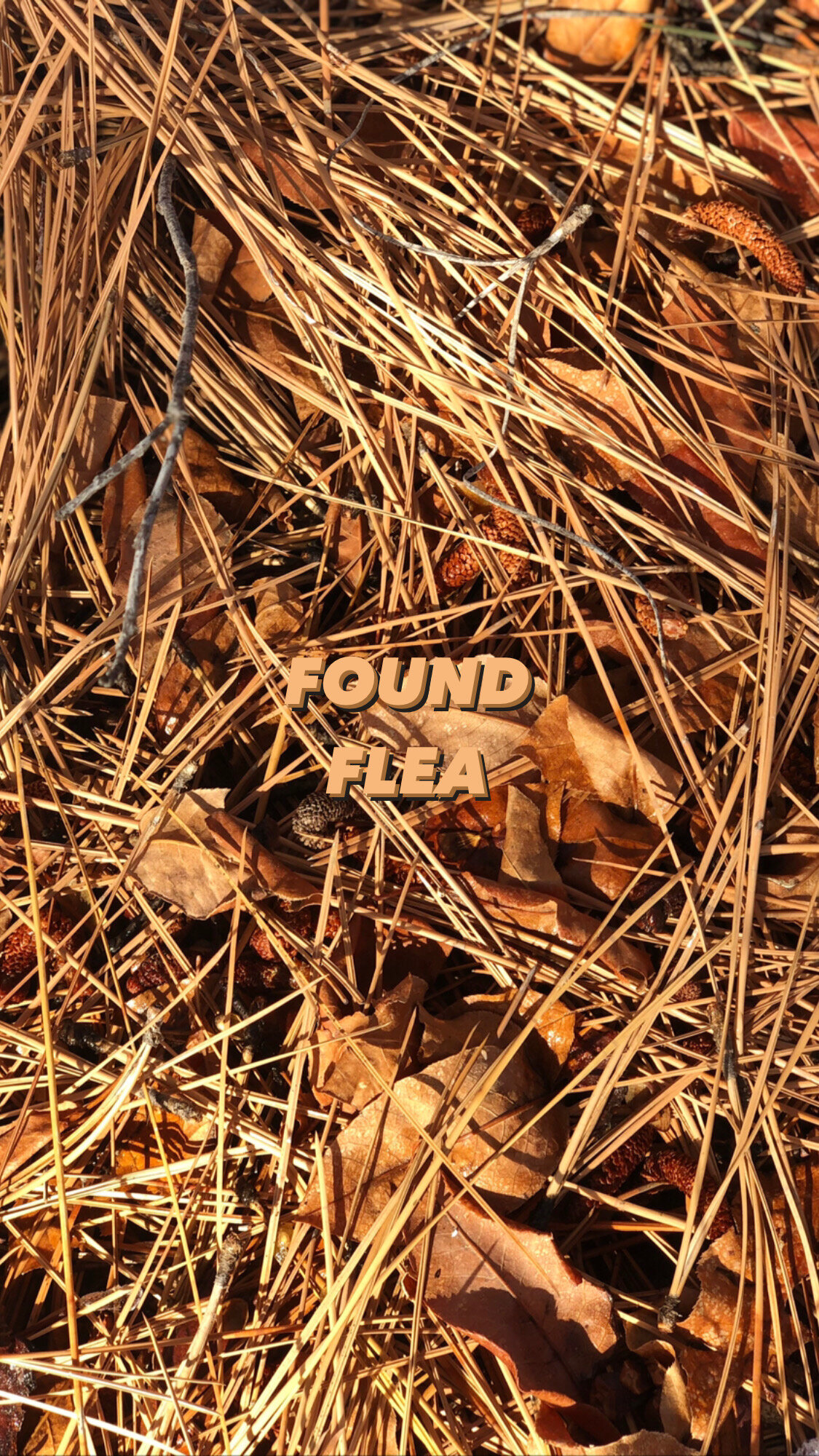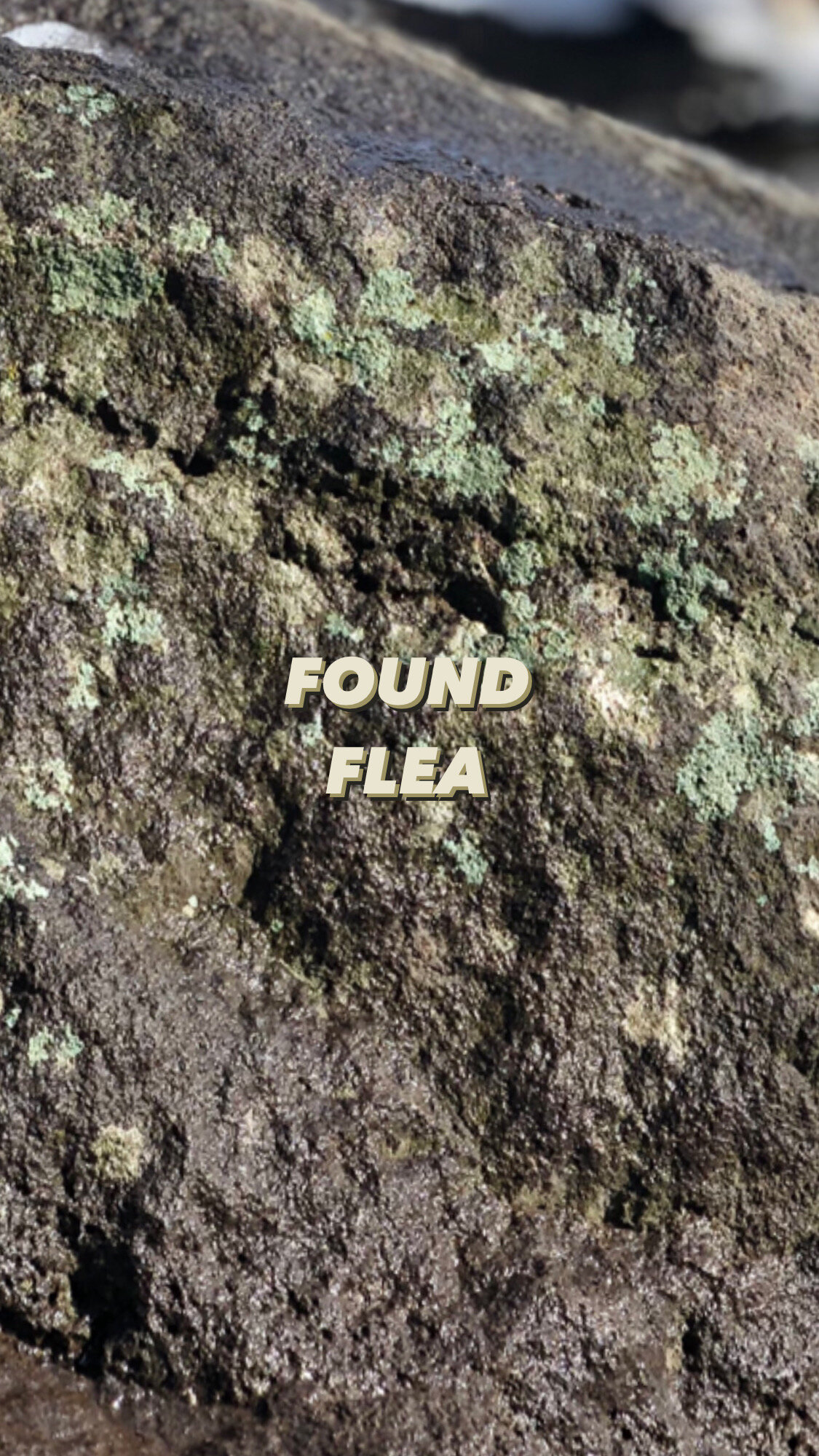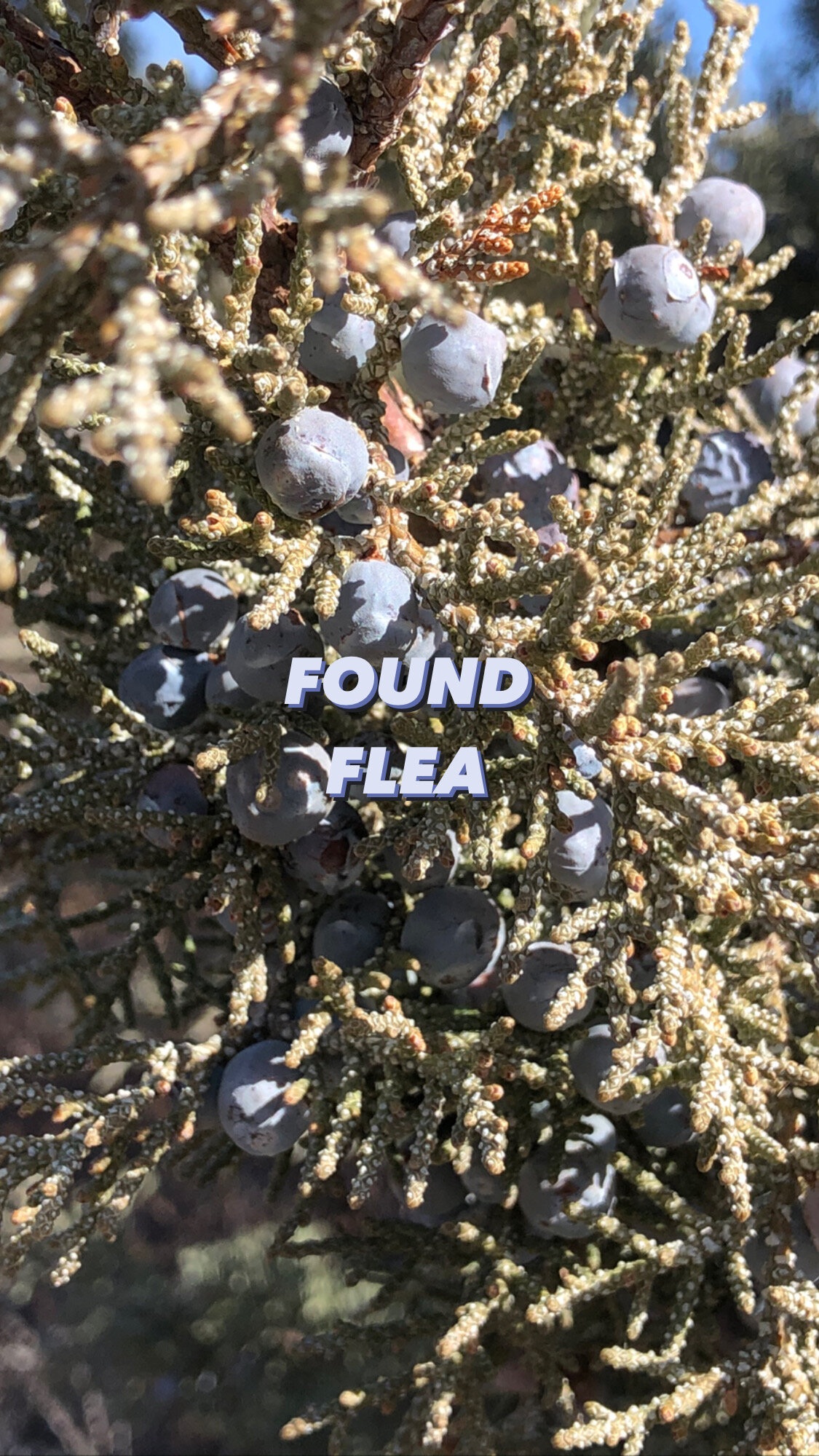Photo courtesy of Vibrant Valley Farms.
It was over a decade ago we learned about Vibrant Valley Farms and friends would accompany Kara in harvesting food for the people of Portland. They would return back to the city from Sauvie Island rejuvenated and utterly inspired by working with the land and the woman herself. Kara has kept her intentions and let her vision run wild as a steward of the land cultivating vegetables and flowers on the picturesque island just outside of the city.
Many years later, Kara told me she had traveled to Japan to learn the ancient art of dyeing with Indigo – so, when we sought out someone to dye the handmade quilt fashions we immediately invited her to be a part of this intentional project. From seed procurement, cultivation, extraction, and hand dyeing – Vibrant Valley is the whole process, and let’s just say it is pure magic.
A bit more from Vibrant Valley:
“The first planting and fresh dye class took place in 2016 with the Museum of Contemporary Craft and Rowland Ricketts to the hand-harvested pigment we used to make a vat this week in 2021- this journey has been full of learning, exploration, and artistic expression.
Photo courtesy of Vibrant Valley Farms.
Here at Vibrant Valley Farm we grow Persicaria Tinctoria, also known as Japanese Indigo. We have had the pleasure of exploring this plant as a cultivar for the past six years. We started by planting about 600 plants in 2017 and this past year we grew 10,000 plants, with seeds from three different sources that we know and trust- Baliwick Blue, Rowland Ricketts, and Grand Prismatic Seed. Our techniques and planting methods have evolved and changed and we are fine tuning our systems to assure we have a sufficient amount in cultivation for our extraction goals, fresh dye workshops, body products, seed saving and overall art form and exploration.
We are committed farmers that work effortlessly to care for the earth in all of our farming practices and as we learn more about the textile industry in more depth it is imperative that we incorporate the same theories and practice into the indigo portion of our business model and stewardship.
Our land, textile, and community stewardship is not only literally with how we grow the plant and tend to it throughout the season, but it is about the fabric we use to dye with, who we collaborate with, the structure of our fashion line, who models and the educational elements of history and time that is related to this planet. Focusing on these integral themes is what inspires us to slow down, look around and do our best to change the tide of the current textile and fashion scene.”
